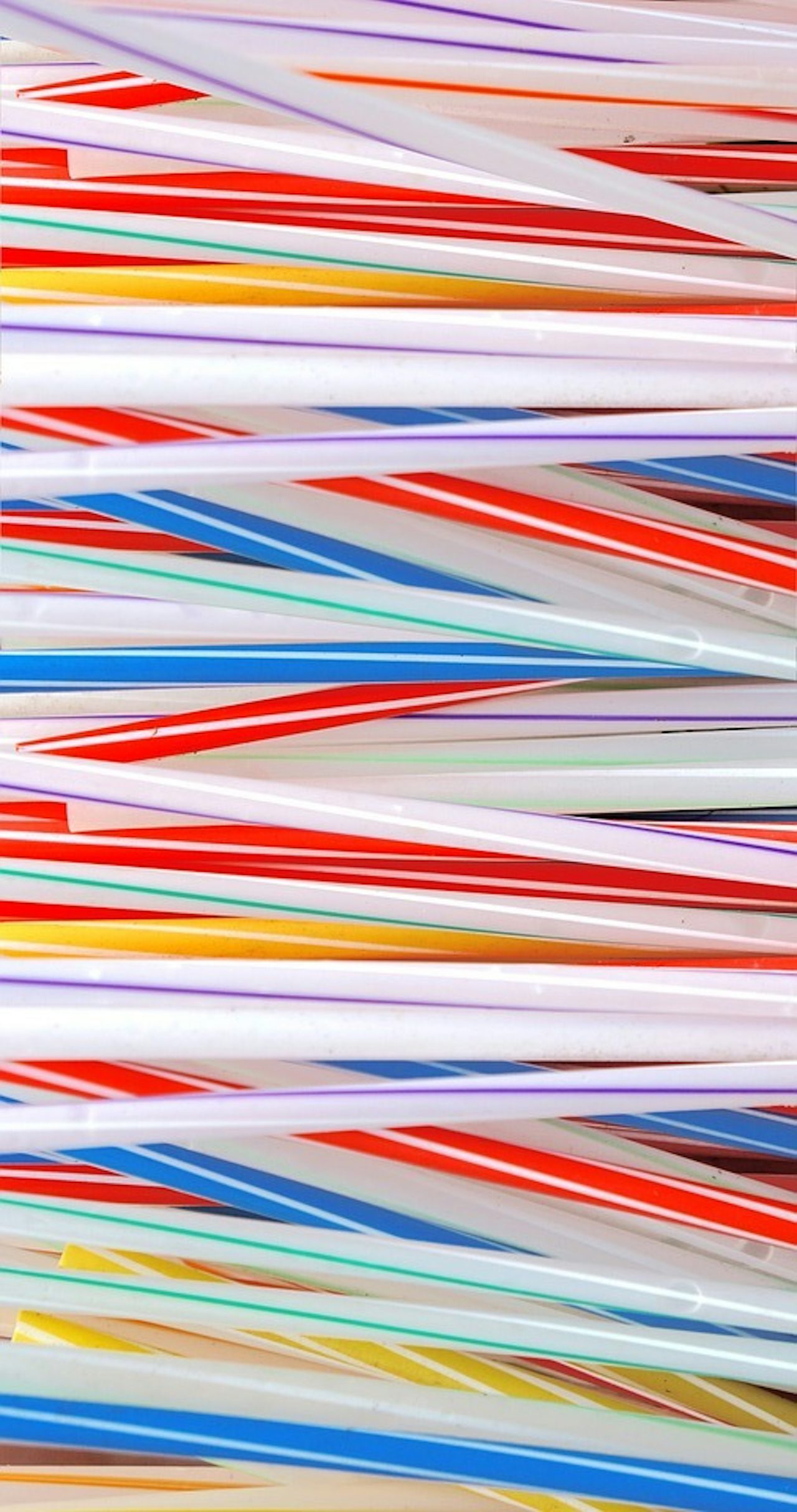In the public campaign to demonize plastic drinking straws, almost all the stories are oriented around a single stat plastic straw pollution — “500 million straws are used and discarded by Americans every day.” The New York Times cited the figure as recently as last week. But this stat is the result of data gathered by — wait for it — a single nine-year-old environmental advocate, as reported by Christian Britschgi of Reason back in January.
At the time Britschgi reported it, he noticed that the figure has been cited in nearly every major media outlet that’s covered the supposedly paramount environmental risk posed by plastic straws, including, but not limited to: CNN, The Washington Post, and Reuters.
Eco-Cycle, the environmental advocacy group who published the boy’s data, could not confirm to Reason how many straw manufacturers the boy spoke to, what method of analysis he used, and generally how he arrived at the the final estimate: We have no concrete proof that this figure is credible, and yet for seven years, it’s been in nearly every major article on the plastic straw beat. In the most recent furor about straws, during which Starbucks pledged to banish them from its stores, it has refused to die.
How many plastic straws are actually in the ocean? We don’t know. In a Bloomberg opinion piece published in June, the writer cited a press release stating 8.3 million straws are discarded annually. But the actual scientific article for the press release does not mention straws. A recent deep dive from The Atlantic into the economic symbolism of straws was careful not to cite a specific figure for modern-day straw consumption (the author instead cited straw manufacturer revenue).
Advocates for people with disabilities have pointed out that those with physical conditions such as cerebral palsy may have difficulty sipping out of regular cups, or using paper straws. Straws are comparably much smaller than larger pieces of plastic pollution, such as fishing nets, making it much more difficult to get an accurate estimate of how much we’re using and consuming. More to the point, consumer waste is a drop in the bucket compared to, say, giant corporations propping up fossil fuels. There’s valid arguments to be made about limiting straw consumption. But perhaps the most valid argument to be made is: please check the source of your data before you cite it. Please.
